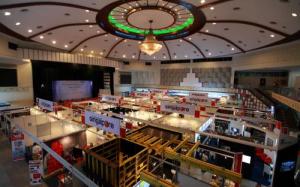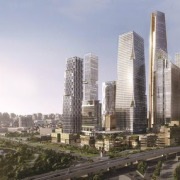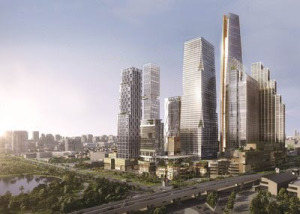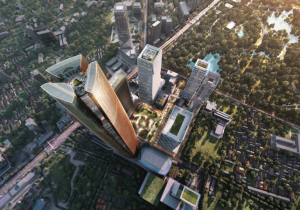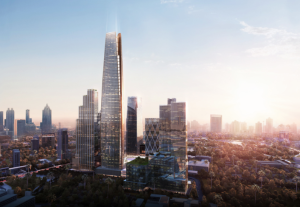Linesight’s Commodity Report sees material prices for Singapore’s construction sector to stay at record high levels
Linesight, a global construction consultancy firm, sees construction commodity prices in Singapore to remain at record high levels in 2022, as the construction sector deals with inflation, high material costs, and shortage of skilled labour. By the end of this year, Linesight expects that real construction output will surpass its pre pandemic level. The findings are part of Linesight’s 2021 fourth-quarter Commodity Report and price forecast.
Metal prices, which include copper, steel rebar, and flat steel are expected to ease slightly quarter-to-quarter between Q4 2021 and Q1 2022. Owing to higher prices in 2021, construction companies working on Housing and Development Board (HDB) projects have been given more support in the form of protected prices for steel, but an improvement in the global supply-demand balance will support a steady easing of prices in 2022.
Copper prices spiked at a 50.1% year-on-year increase between 2020 and 2021 and will remain relatively high moving into 2022 albeit is expected to ease somewhat at a 2.2% reduction from Q4 2021 to Q1 2022, assuming a recovery in production levels and a normalisation of the supply chain. On the other hand, prices of cement concrete, lumber, bricks, and plasterboard are expected to increase marginally from Q4 2021 to Q1 2022 due to increasing raw material and conveyance costs.
Lumber prices in Singapore continued to rise over Q4 2021, and although upward pressures will ease, the ongoing recovery in residential construction will keep prices relatively high in the coming quarters.
Michael Murphy, Director at Linesight Singapore, said: “Building material prices have soared in 2021 and it will stay at high levels in 2022. It will take at least another year, which is in early 2023, before we see prices of building materials stabilises to pre-COVID levels. This means that new construction and renovation projects – be it commercial or residential – will remain higher than those experienced pre-2020. A big reason building material cost more these days is that supply chains were disrupted during the pandemic. Those supply chains now need to catch up with demand and we are seeing concerted effort by stakeholders – material producers, port operators, transporters, and government agencies – to clear the backlog of supplies. Once that happens, the cost of building material could start to decline.”
Real construction output is expected to reach US$18.4 billion in 2022, and US$19.4 billion in 2023, a year-on-year increase of 15.4% and 5.6% respectively. Meanwhile, Singapore was ranked 14th globally in terms of ease of doing business, demonstrating a conducive regulatory environment for business operations.
The price for metal, lumber, and other building materials rose sharply in 2021, affecting most international cities across Asia Pacific, and the record high costs will stay for the rest of 2022.
To read the full report, you can access it here

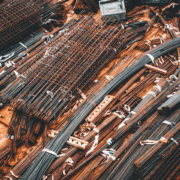
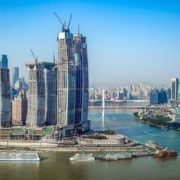
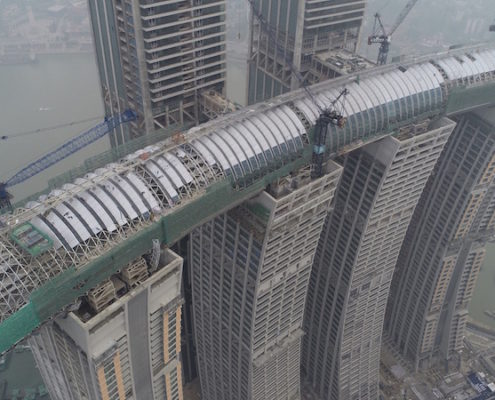 Mr Lucas Loh, President (China & Investment Management), CapitaLand Group, said: “The successful topping out of Raffles City Chongqing represents a new milestone in CapitaLand’s track record of building well-designed integrated spaces. Upon Raffles City Chongqing’s structural completion, we are now focusing on the interior fit-out works, including transplanting trees to enliven The Crystal sky bridge, which will feature the tallest observation deck across Western China. Positioned as a must-visit destination for local residents as well as domestic and overseas travellers, Raffles City Chongqing has been garnering strong response from our customers.”
Mr Lucas Loh, President (China & Investment Management), CapitaLand Group, said: “The successful topping out of Raffles City Chongqing represents a new milestone in CapitaLand’s track record of building well-designed integrated spaces. Upon Raffles City Chongqing’s structural completion, we are now focusing on the interior fit-out works, including transplanting trees to enliven The Crystal sky bridge, which will feature the tallest observation deck across Western China. Positioned as a must-visit destination for local residents as well as domestic and overseas travellers, Raffles City Chongqing has been garnering strong response from our customers.”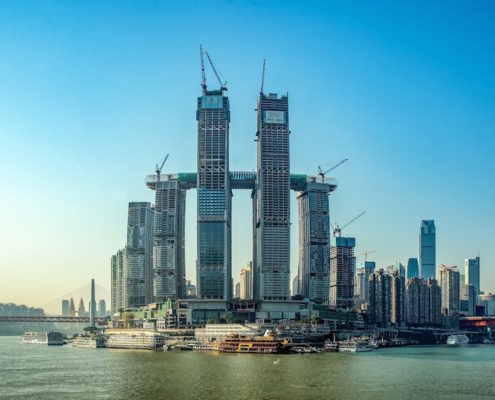

 Pump manufacturer
Pump manufacturer 
 Multivista, a leading global provider of documentation and software services for the construction industry, recently announced a partnership with Procore, a leading provider of cloud-based apps for construction.
Multivista, a leading global provider of documentation and software services for the construction industry, recently announced a partnership with Procore, a leading provider of cloud-based apps for construction.
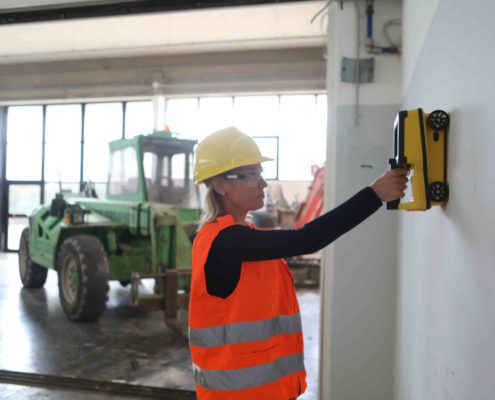 IDS GeoRadar, a leading provider of multi-frequency, multi-channel Ground Penetrating Radar (GPR) and interferometric technology solutions worldwide, today launched C-thrue, a radar-based technology solution specifically developed to support construction and service companies as well as civil and structural engineers to locate rebars, voids, post-tension cables, cavities, conduits and any other objects buried in the structure before cutting or drilling into the concrete.
IDS GeoRadar, a leading provider of multi-frequency, multi-channel Ground Penetrating Radar (GPR) and interferometric technology solutions worldwide, today launched C-thrue, a radar-based technology solution specifically developed to support construction and service companies as well as civil and structural engineers to locate rebars, voids, post-tension cables, cavities, conduits and any other objects buried in the structure before cutting or drilling into the concrete.
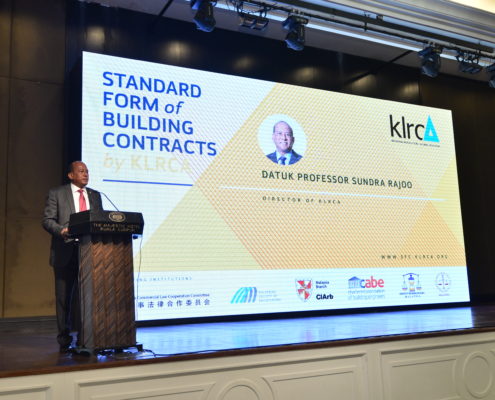

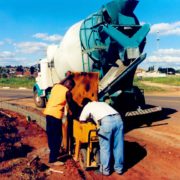
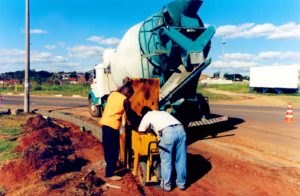 Over 250 industry executives from across the industry including contractors, surveyors, civil engineers and architects from across the industry contributed to the survey results, captured in a new report Trend Insights: Sustainability in Construction.
Over 250 industry executives from across the industry including contractors, surveyors, civil engineers and architects from across the industry contributed to the survey results, captured in a new report Trend Insights: Sustainability in Construction.


